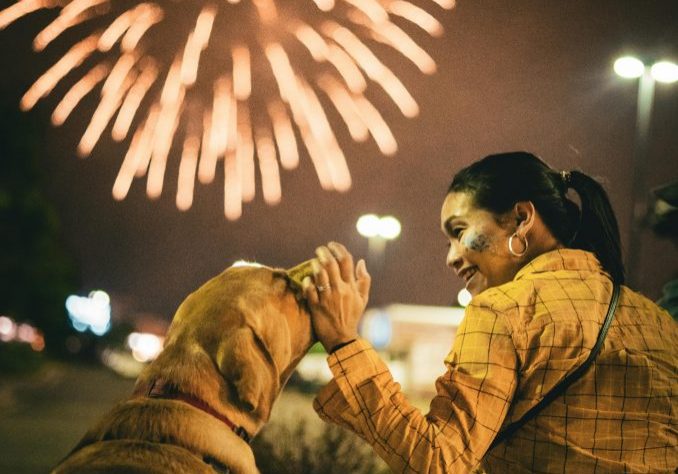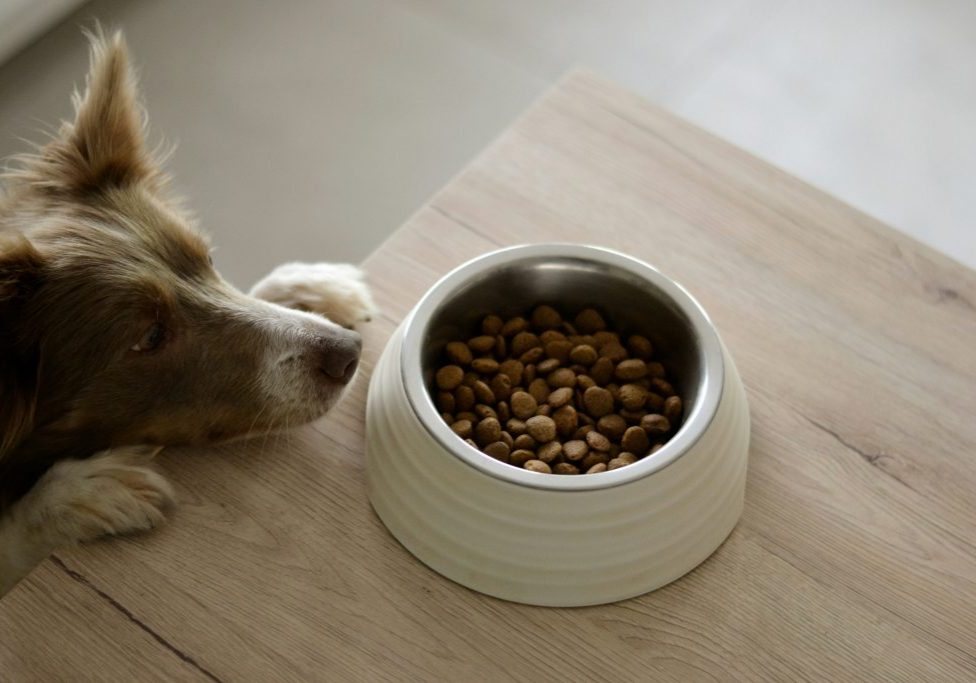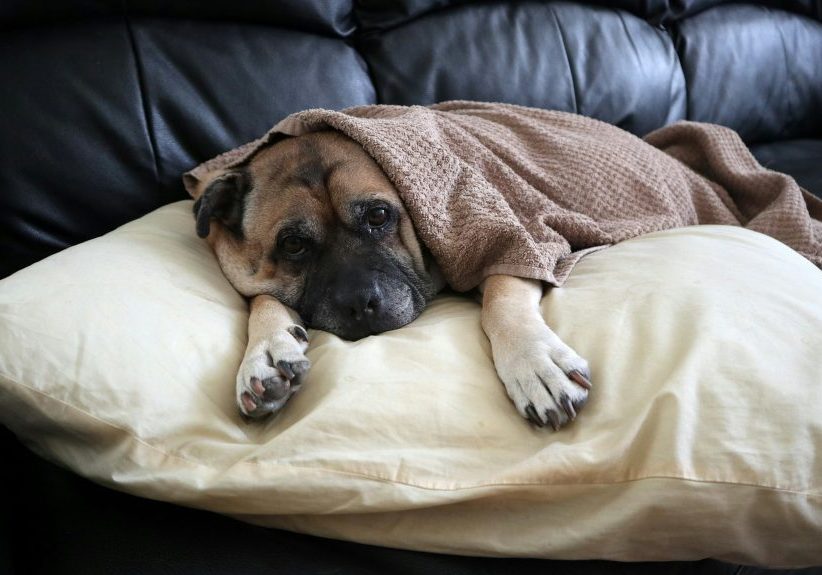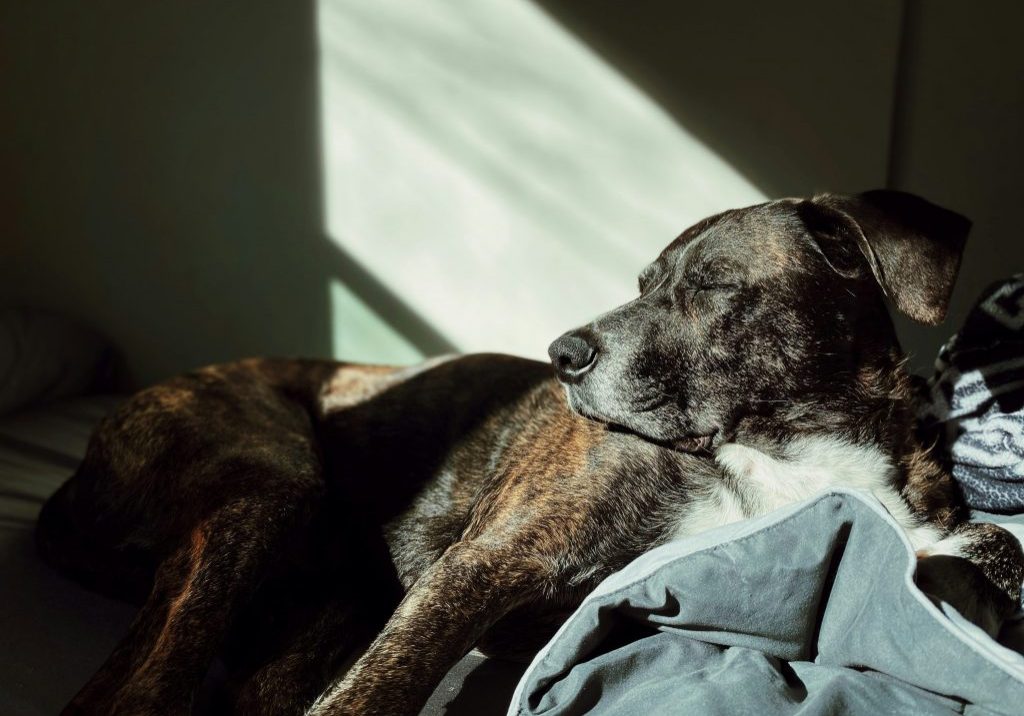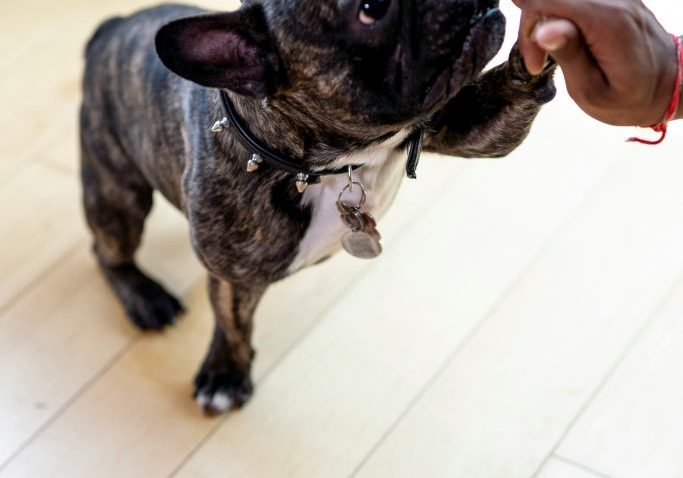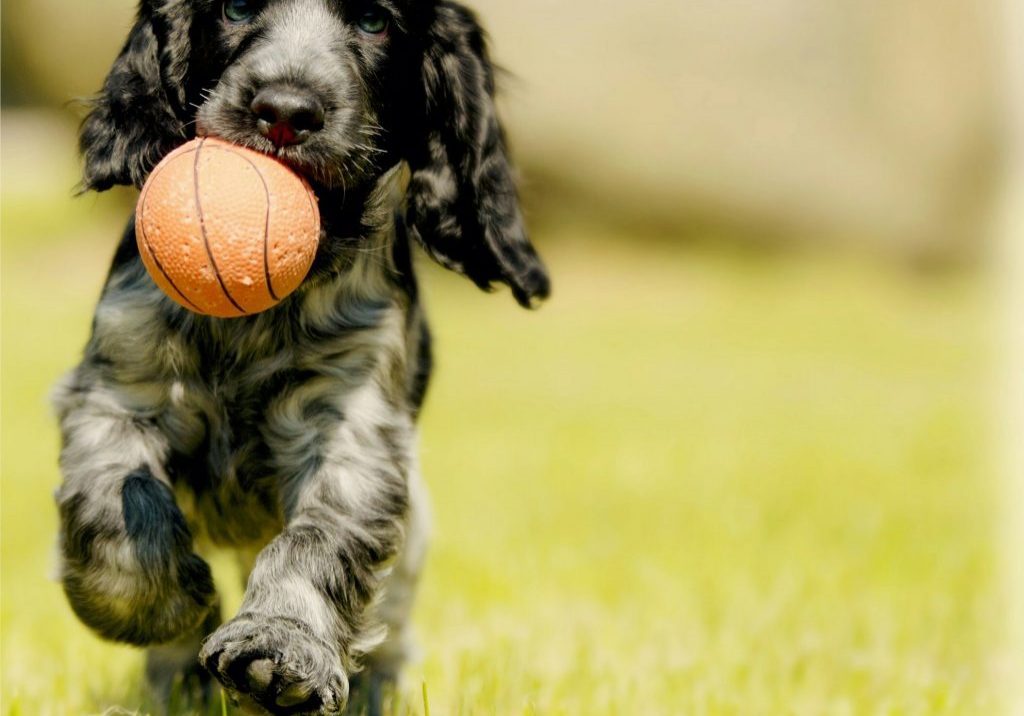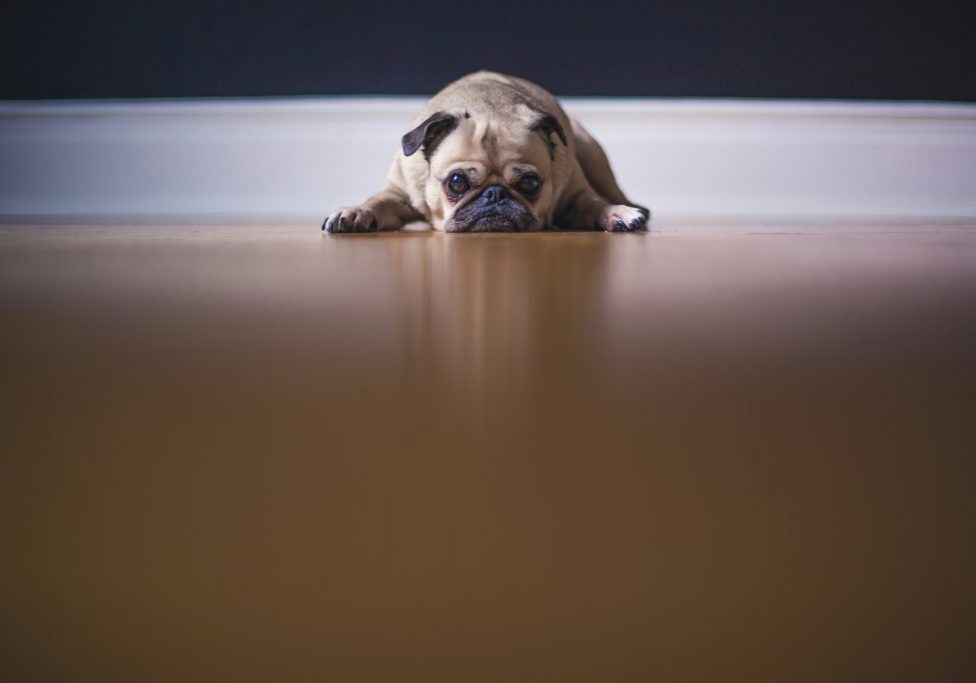Keeping Your Older Dog Healthy & Active

hwllo-sniffer.co.uk/keeping-your-older-dog-healthy-active
December 9, 2024
Sniffer_Admin
As your dog grows older, their needs begin to shift. That boundless energy they once had as a puppy might mellow out, but their love for you never changes. Senior dogs are just as deserving of a vibrant, healthy life, and with a little extra care, you can help them thrive in their golden years. Let’s explore how to keep your ageing dog healthy, active, and happy.
Recognising the Signs of Ageing
Age creeps up on all of us, and dogs are no different. But what does it look like when your dog starts to age?
- Slower Movement: Your once-zoomy pup might now take their time on walks.
- Greying Fur: A distinguished touch of silver around their muzzle is common.
- Changes in Appetite: They may eat less or struggle with weight changes.
- Behavioural Shifts: Older dogs may sleep more or appear less playful.
Understanding these changes helps you meet their needs with care and compassion.
Adjusting Their Diet
Diet is one of the biggest ways you can support your senior dog’s health. Older dogs often need fewer calories but more nutrients to keep them strong and prevent issues like arthritis or heart disease.
- Senior Dog Food: Look for age-specific formulas that cater to their nutritional needs.
- Portion Control: Keep an eye on their weight—too much can strain their joints, while too little could mean they’re not getting enough nutrients.
- Joint Supplements: Additions like glucosamine and fish oil can support mobility and reduce discomfort.
If you’re unsure about changes to their diet, your vet can provide personalised advice.
Staying Active Without Overdoing It
Your older dog might not be up for marathon games of fetch, but regular exercise is still crucial to keep their body and mind in good shape.
- Gentle Walks: Shorter, slower-paced walks can keep their muscles engaged without causing strain.
- Low-Impact Activities: Swimming is fantastic for senior dogs—it’s easy on the joints and provides great exercise.
- Mental Stimulation: Puzzle toys and training games keep their mind sharp even if they’re less active physically.
Remember to watch for signs of fatigue. If they’re lagging behind or seem stiff afterward, it’s time to dial back.
Regular Vet Check-Ups
Older dogs are more prone to health issues, so frequent vet visits are essential. Even if they seem healthy, routine check-ups can catch potential problems early.
- Dental Health: Teeth often take a toll with age. Regular cleanings and dental chews can help.
- Mobility Assessments: Arthritis is common, but your vet can recommend treatments to keep them comfortable.
- Screenings for Common Conditions: Many older dogs face issues like kidney disease or diabetes, but early detection makes a huge difference.
Pro Tip: Keep a journal of any changes in behaviour, eating habits, or energy levels to share with your vet.
Creating a Comfortable Environment
Your dog’s surroundings can play a big role in their overall comfort and happiness. A few simple tweaks can make a world of difference.
- Orthopaedic Beds: These provide extra joint support and cushioning for achy bodies.
- Easy Access: If stairs or high furniture are a challenge, ramps or steps can help them get around.
- Temperature Control: Older dogs can struggle to regulate their body temperature, so keep them cosy in winter and cool in summer.
Small adjustments can help them feel more at home as they navigate ageing.
Paying Attention to Mental Wellbeing
Just like humans, dogs can experience cognitive decline as they age. Keeping their mind active is key to preventing boredom and maintaining their mental health.
- Routine is Key: Familiar schedules can help reduce anxiety and keep them grounded.
- Engage Their Senses: Scent games or gentle new experiences can be exciting for older dogs.
- Social Interaction: Even if they’re slowing down, many older dogs still enjoy socialising—whether with humans or other calm pets.
Knowing When to Slow Down
It’s natural to want to keep your dog as active as possible, but it’s equally important to respect their limits. Some days they may be ready for a leisurely walk; other days, they may prefer to nap in the sun.
- Listen to Their Body: Limping, panting, or reluctance to move are signs they need rest.
- Provide Plenty of Rest Time: Let them relax and recharge—it’s just as vital as exercise.
The Golden Years Are Full of Love
Caring for an older dog is a beautiful chapter in your shared story. These years are slower-paced, but they’re rich with love, cuddles, and deep connection. With the right care, your senior pooch can enjoy a fulfilling, active life for as long as possible.
Cherish the time you have together, and never underestimate the power of a comfy bed, a tasty treat, and your unwavering companionship. After all, their golden years are truly golden because of you.
